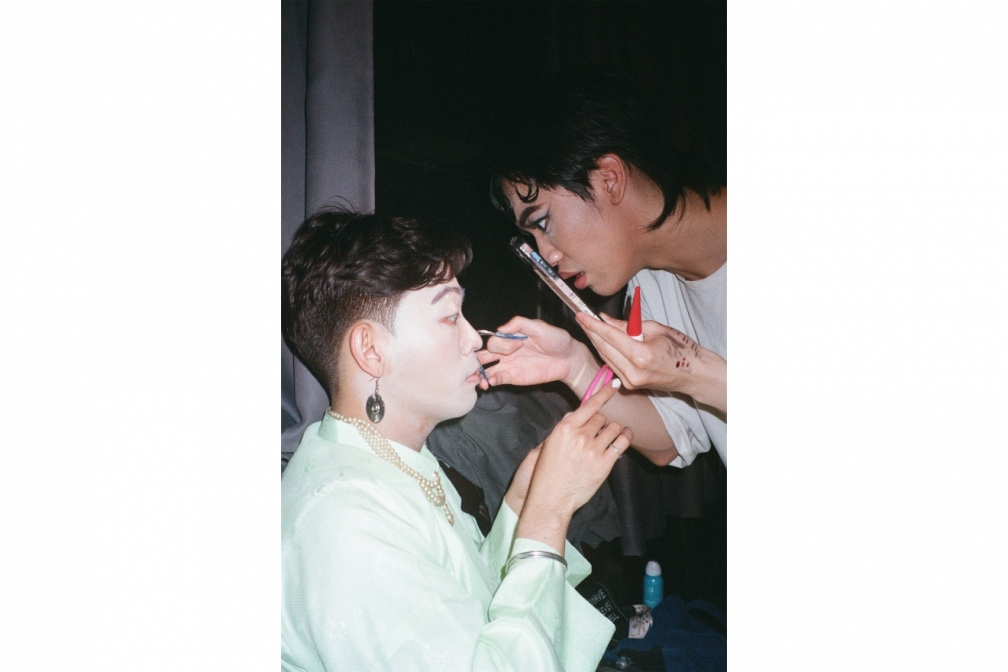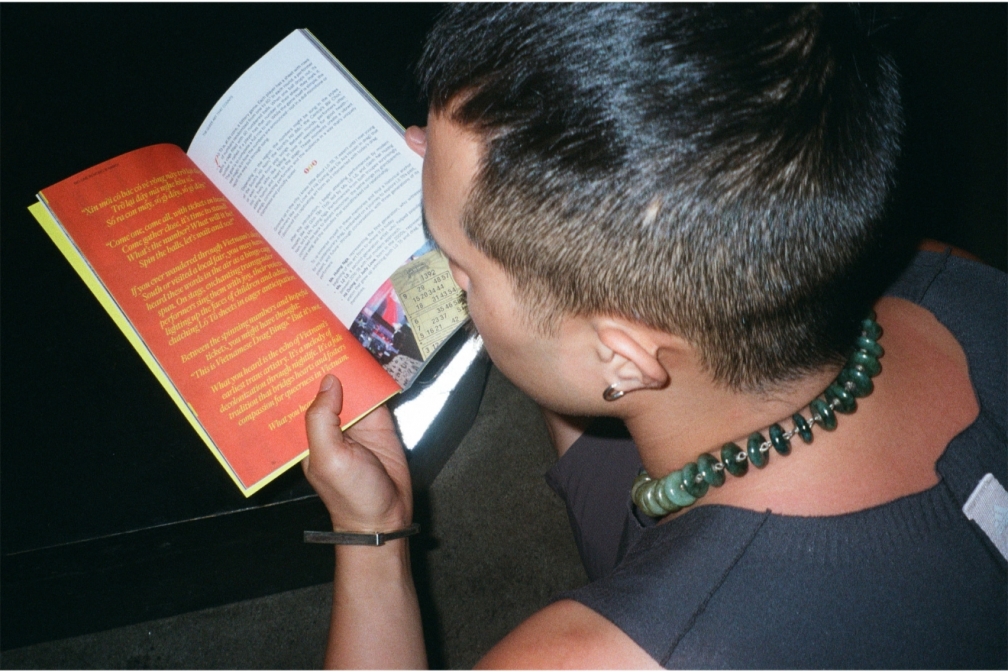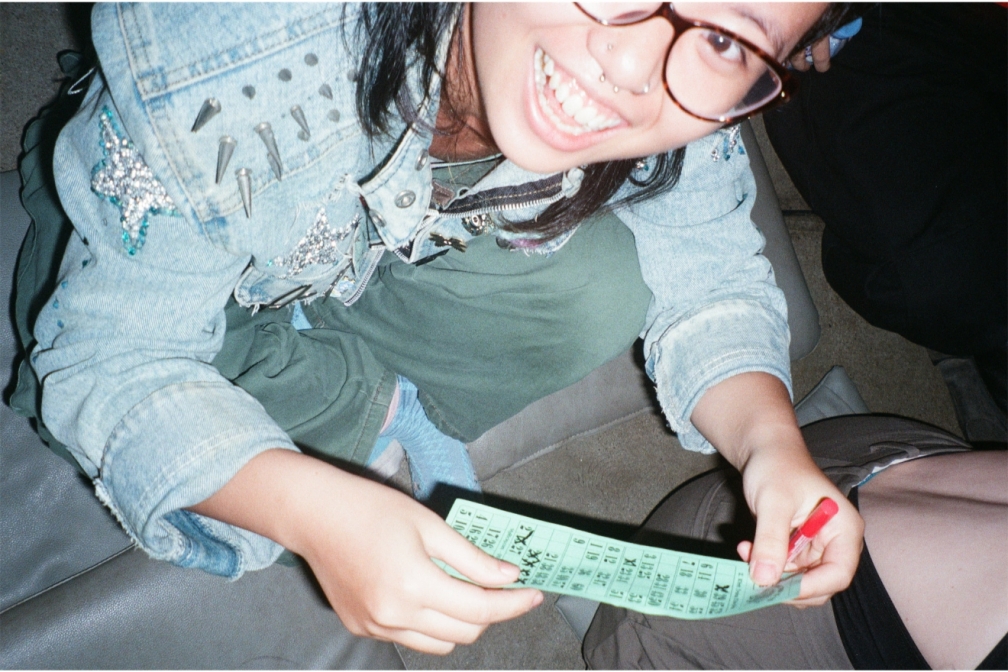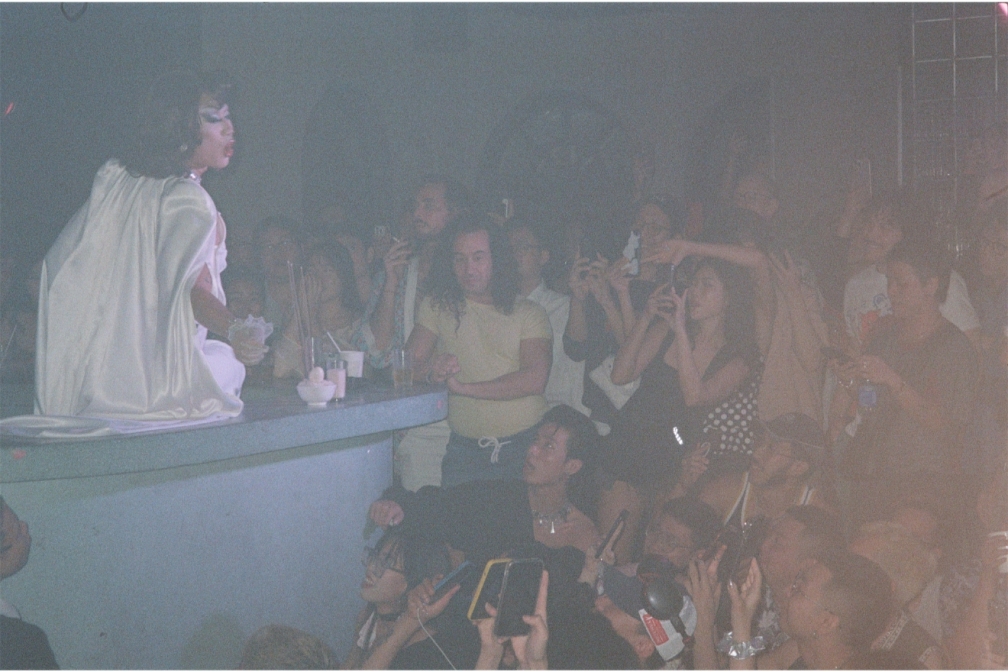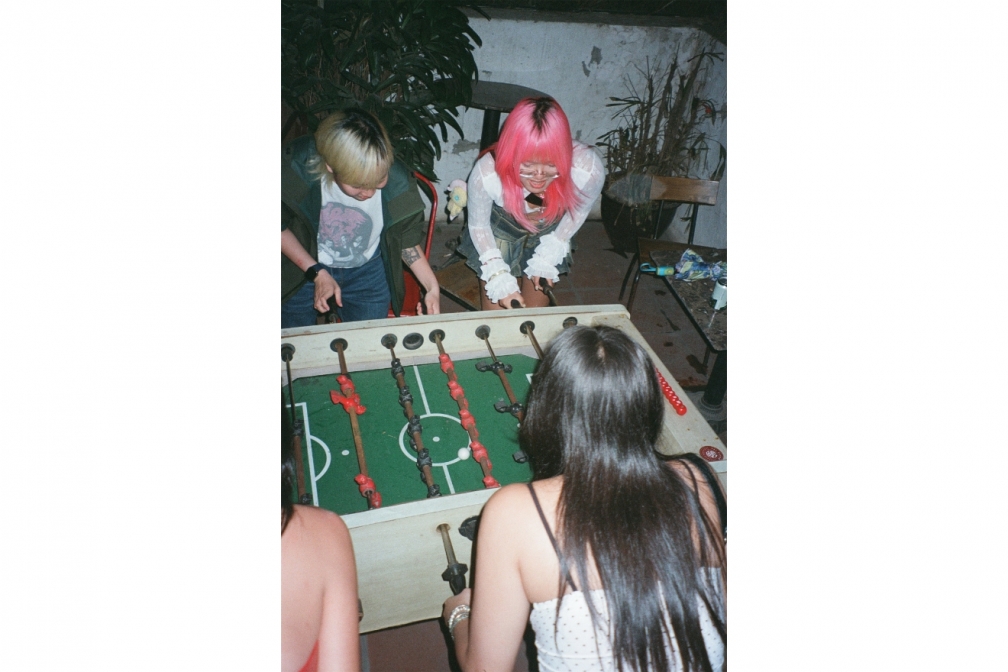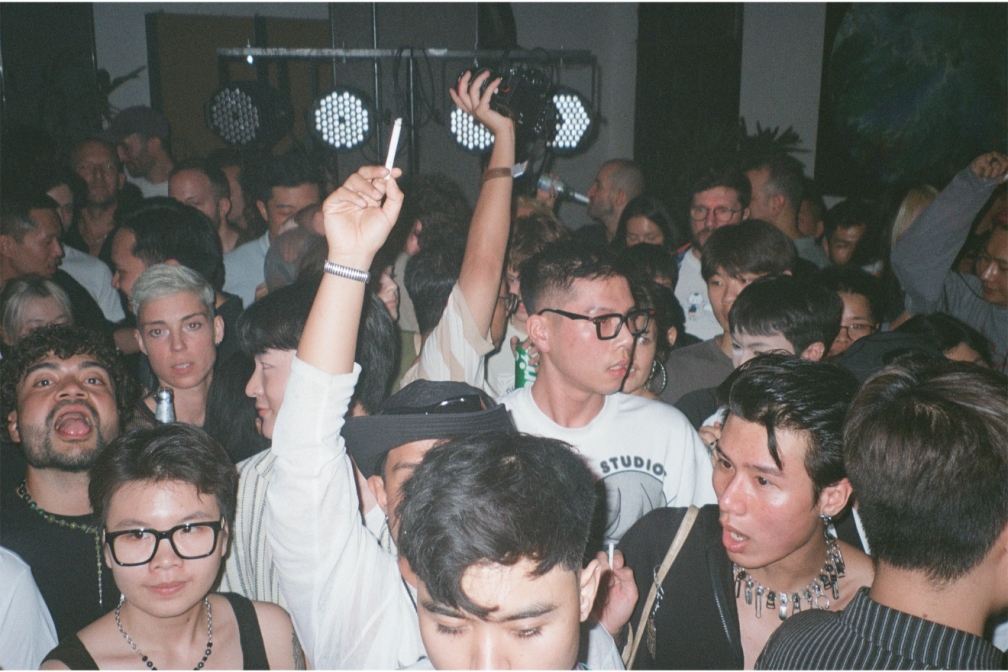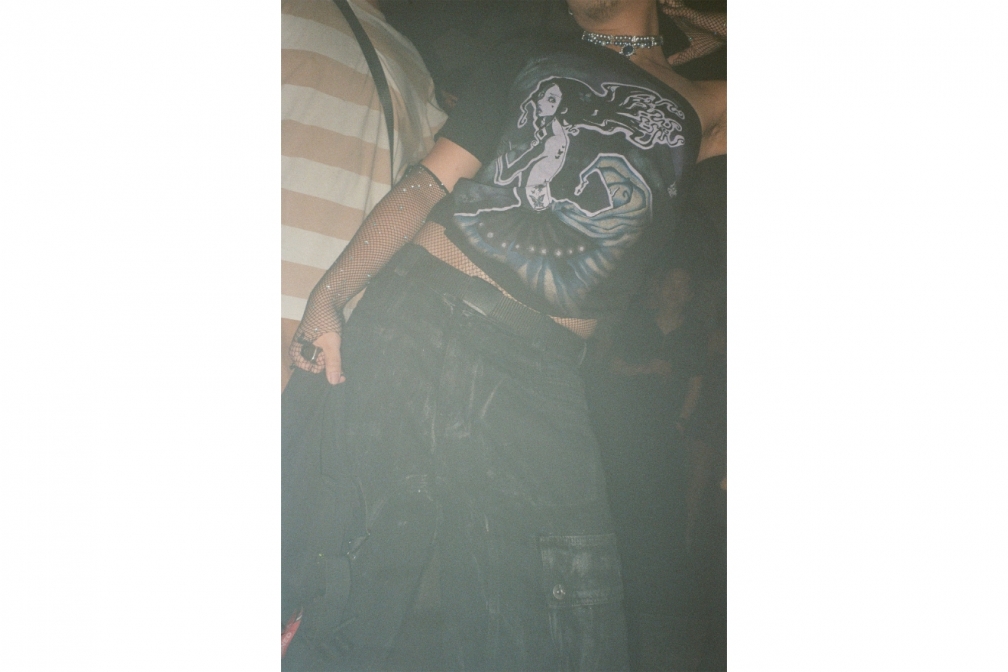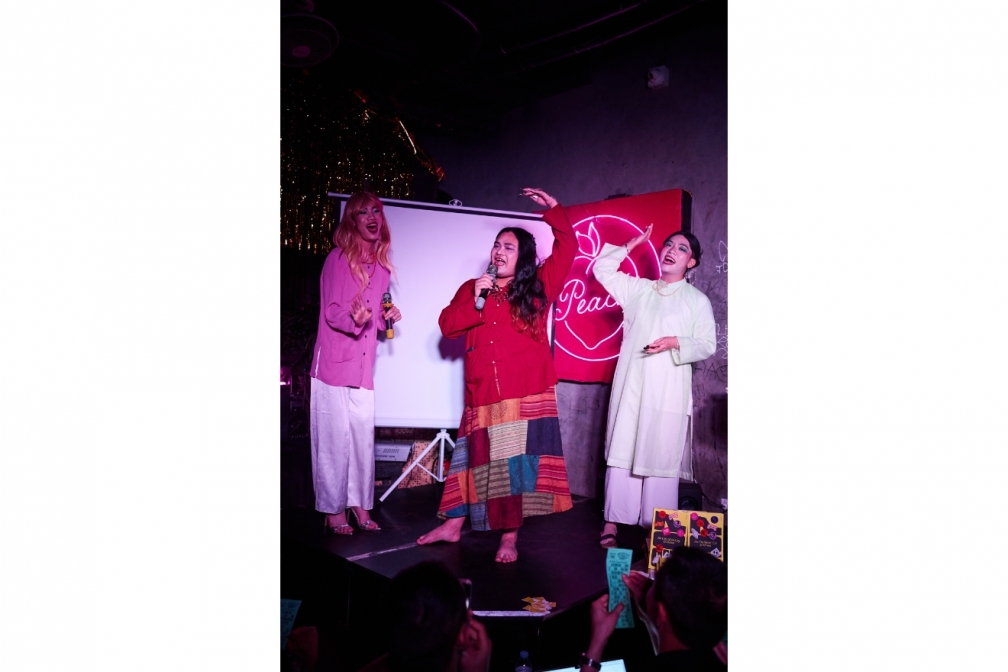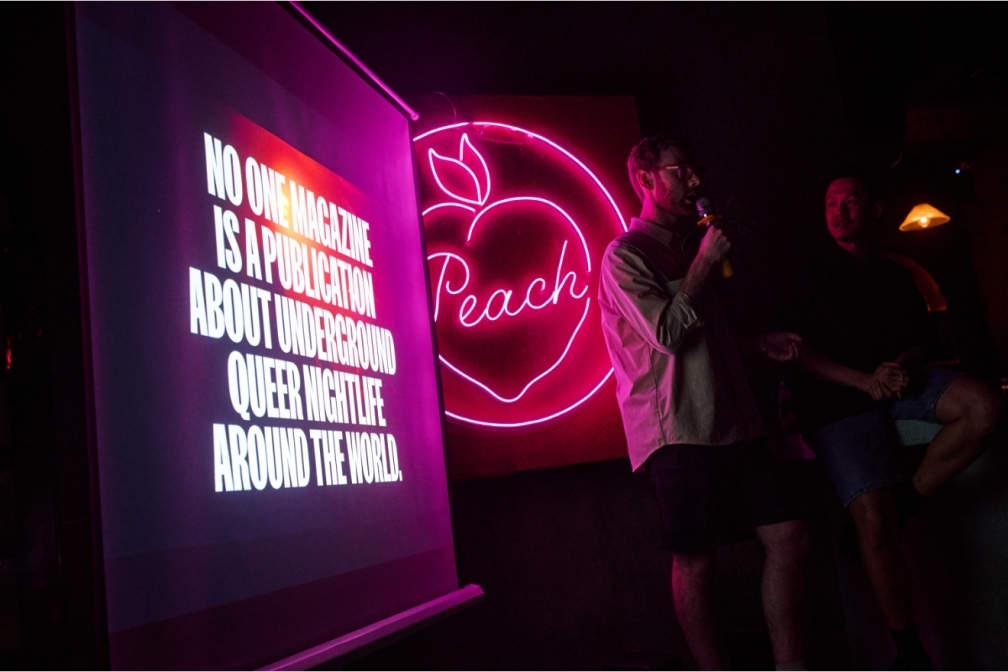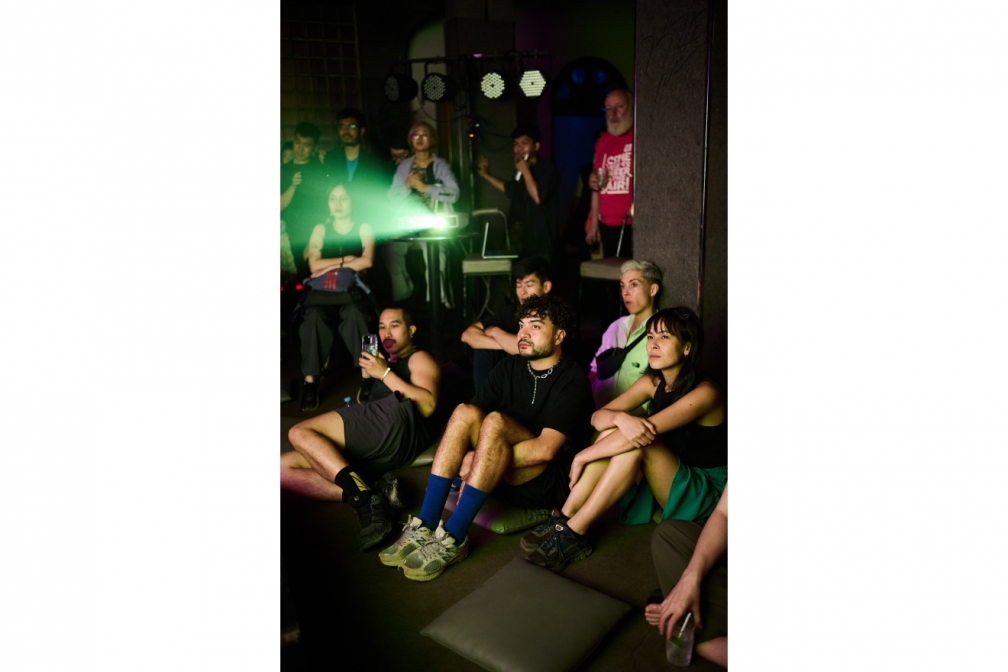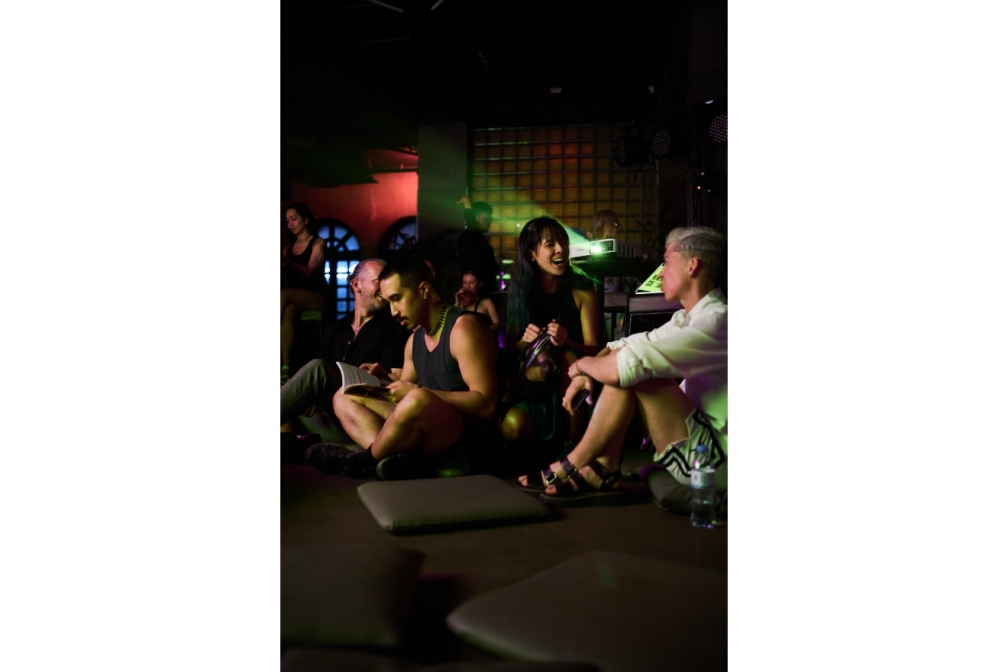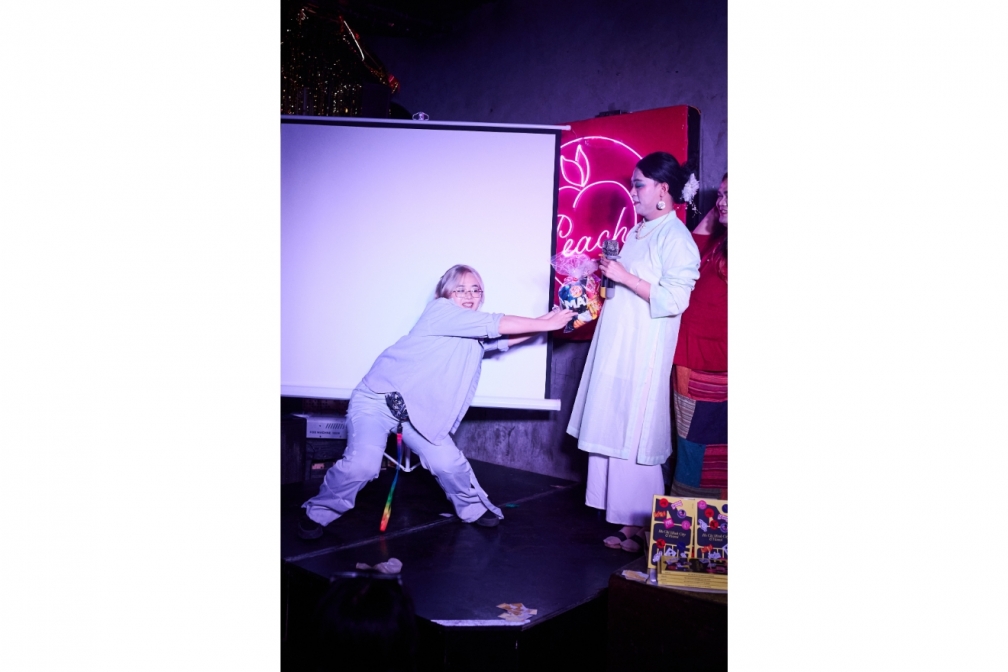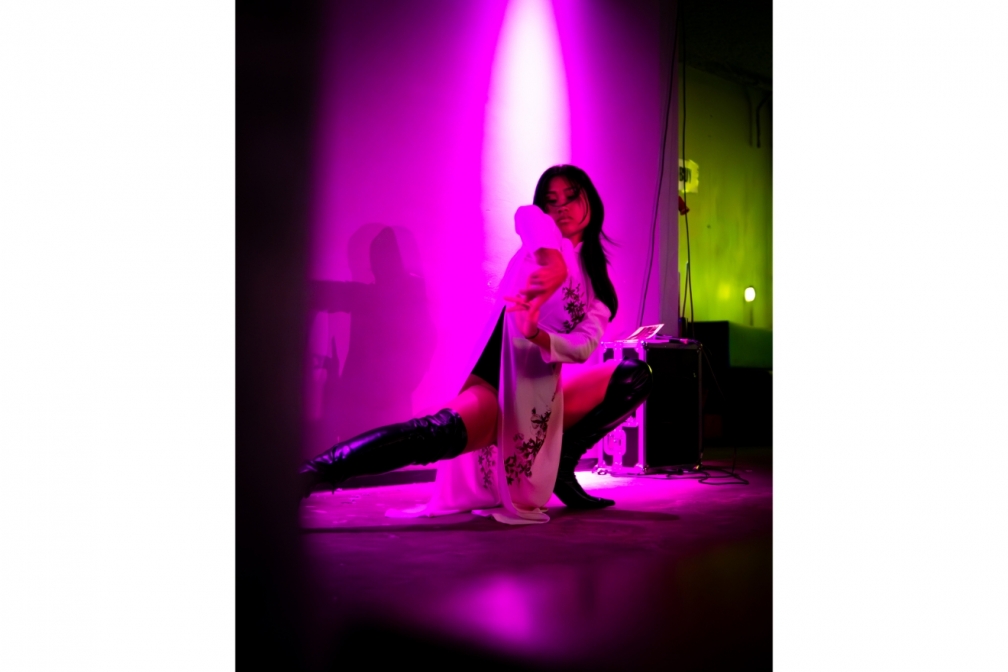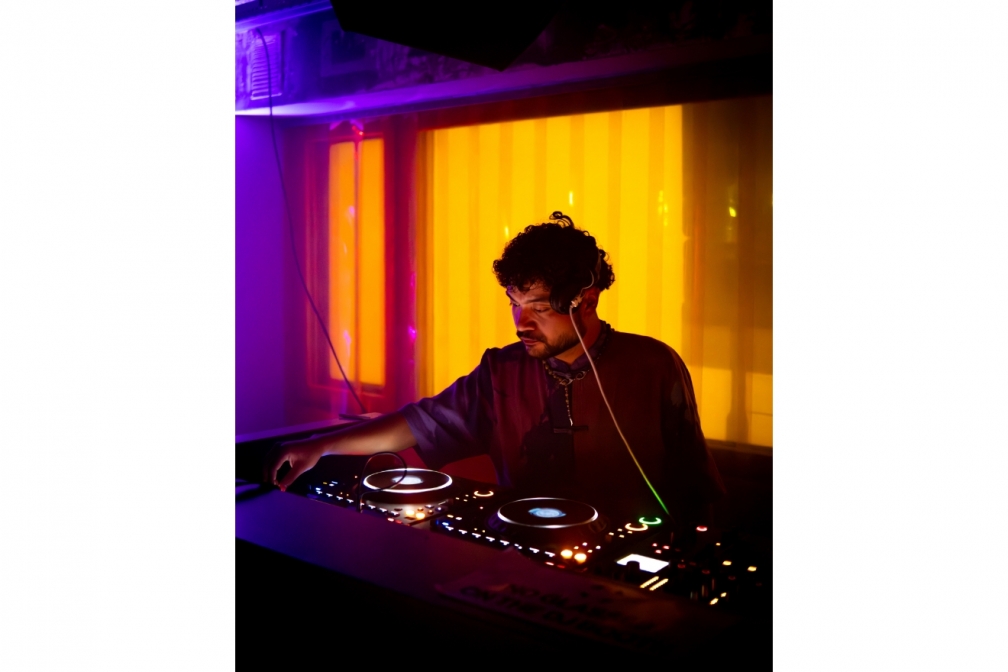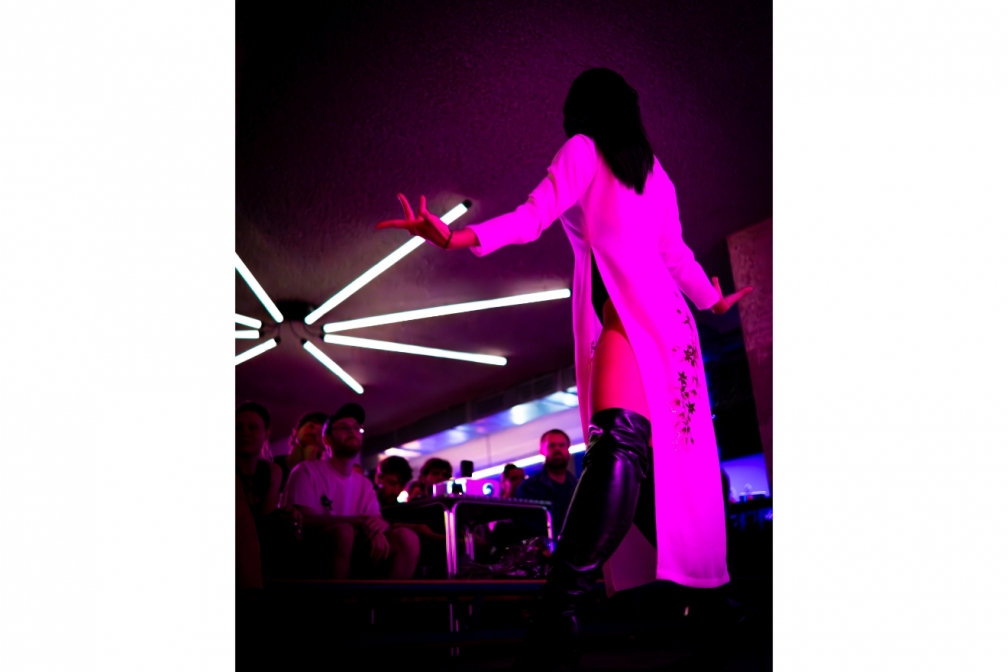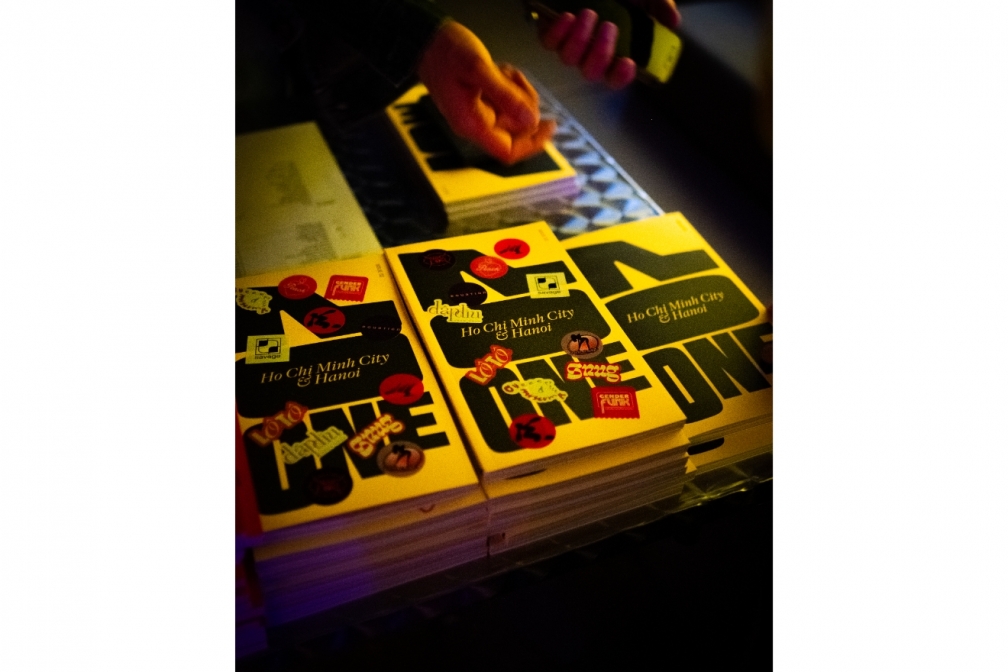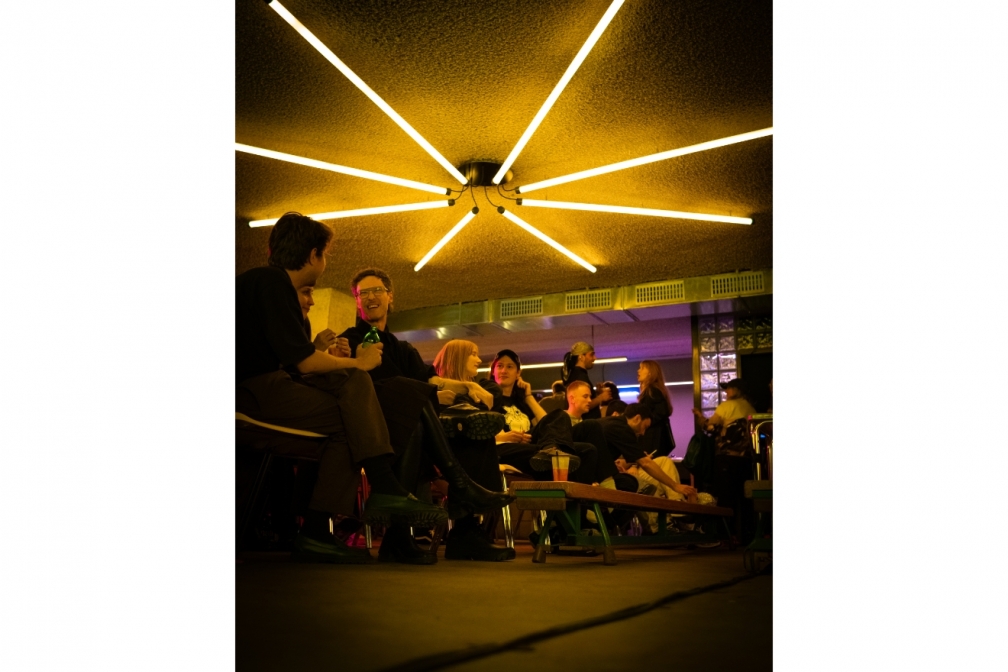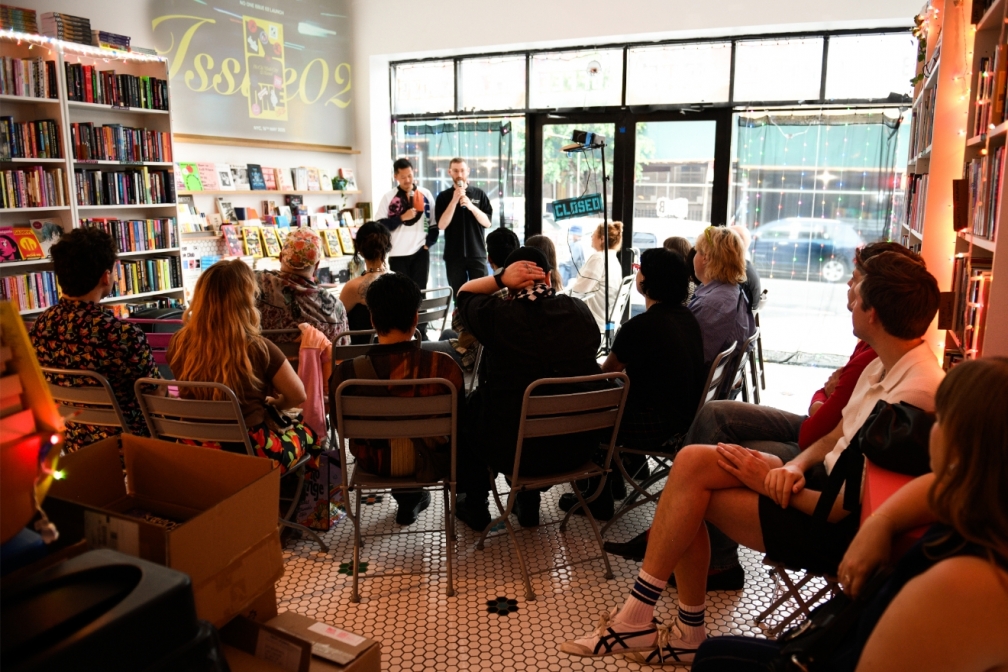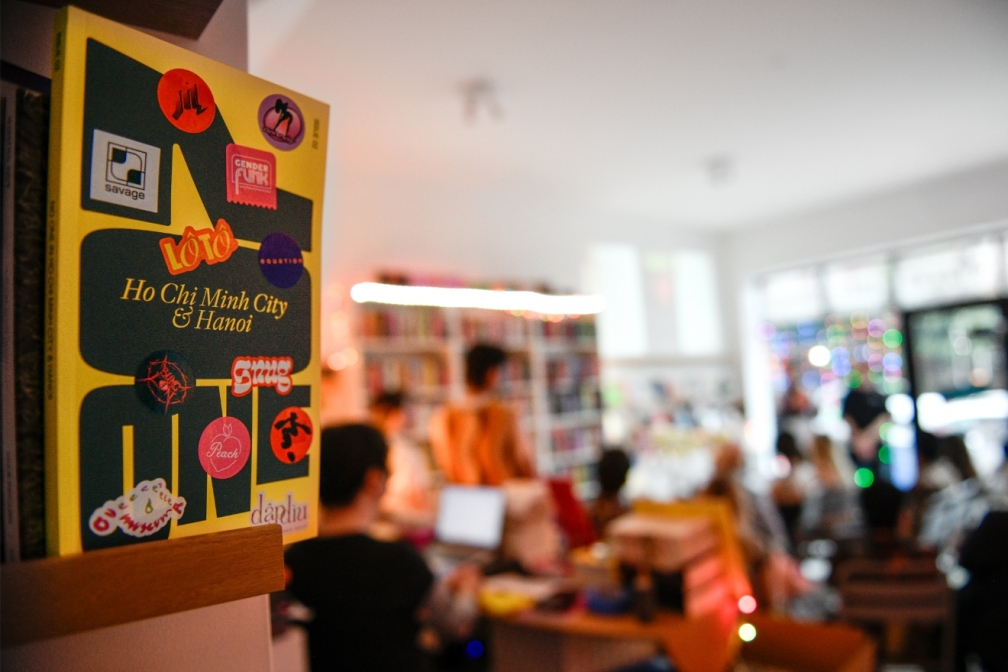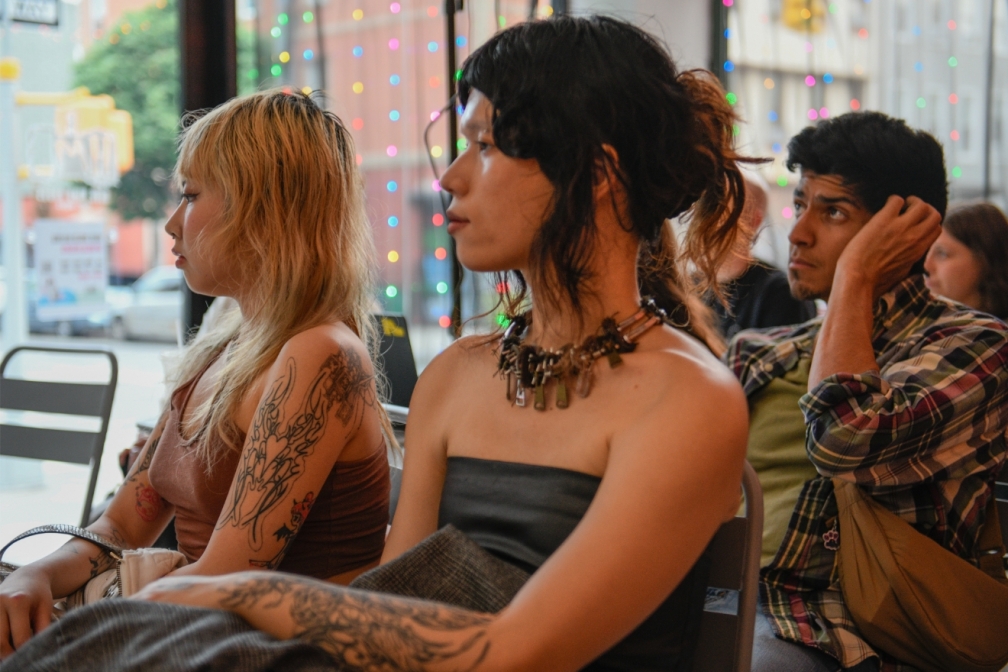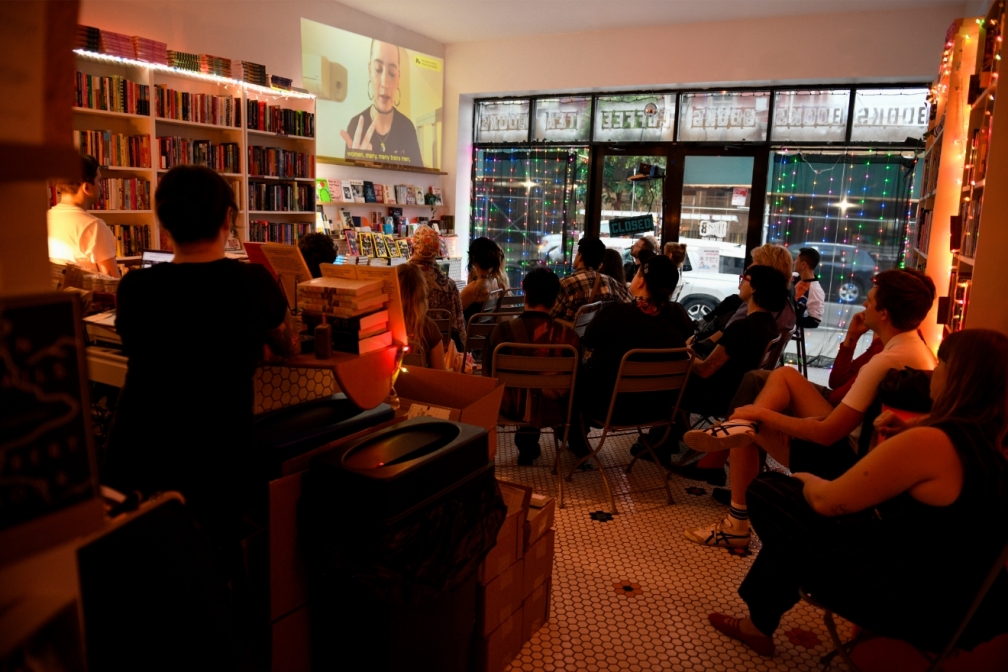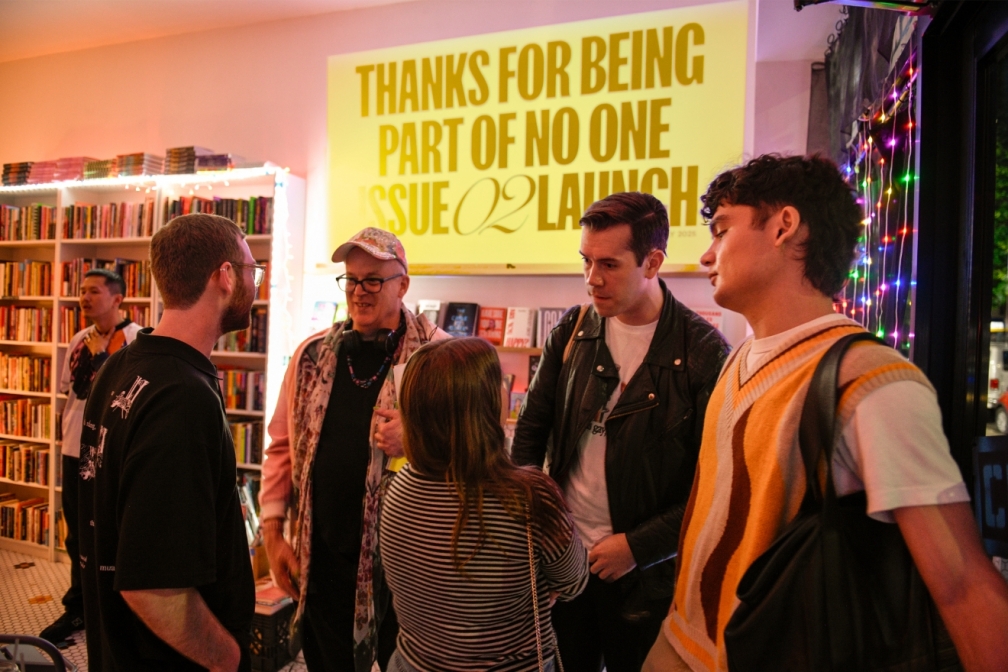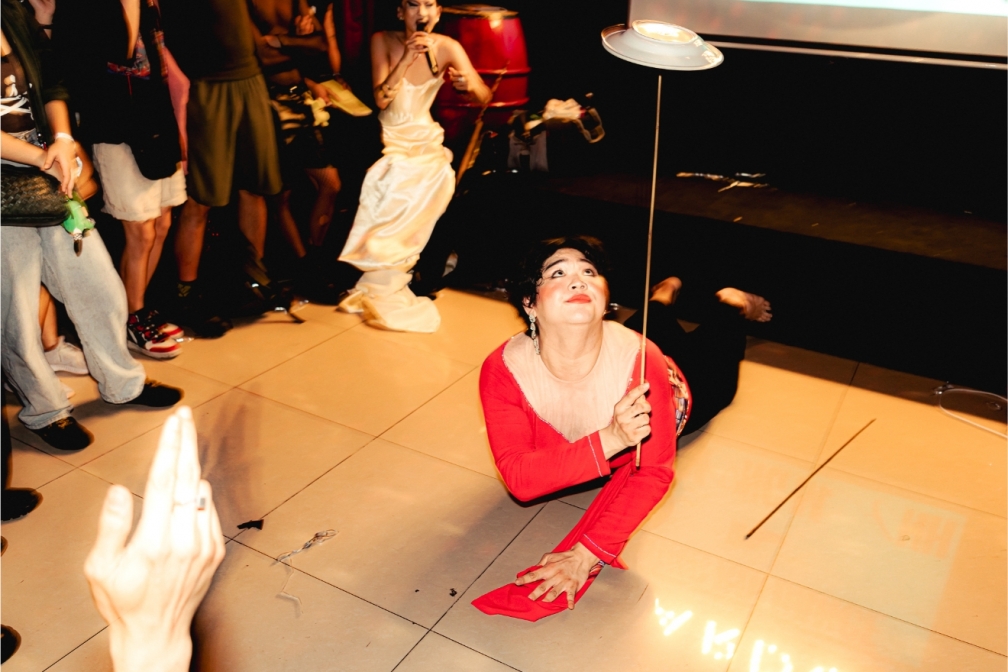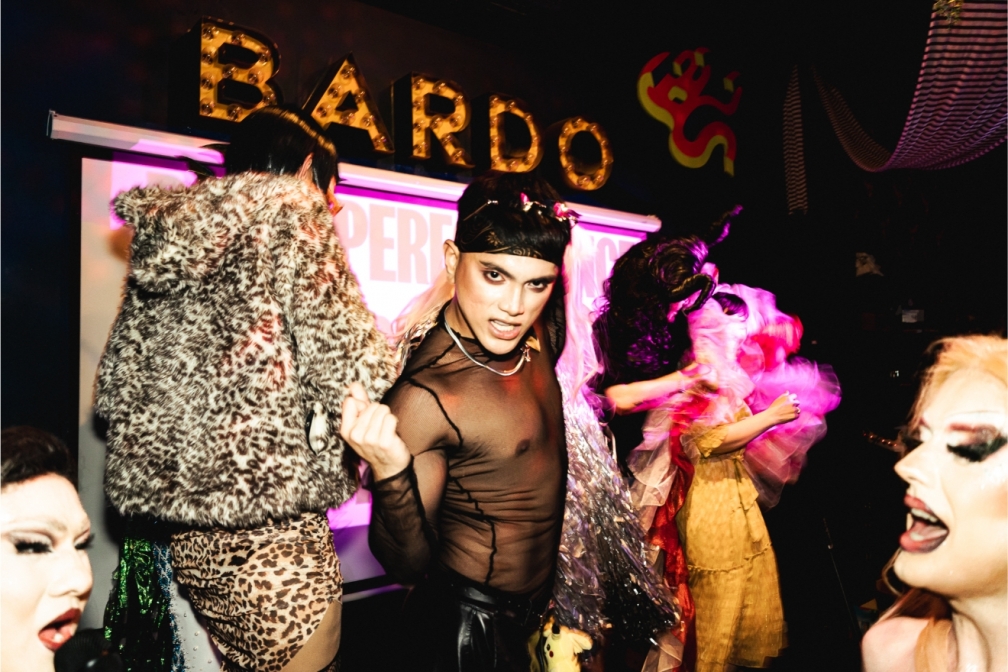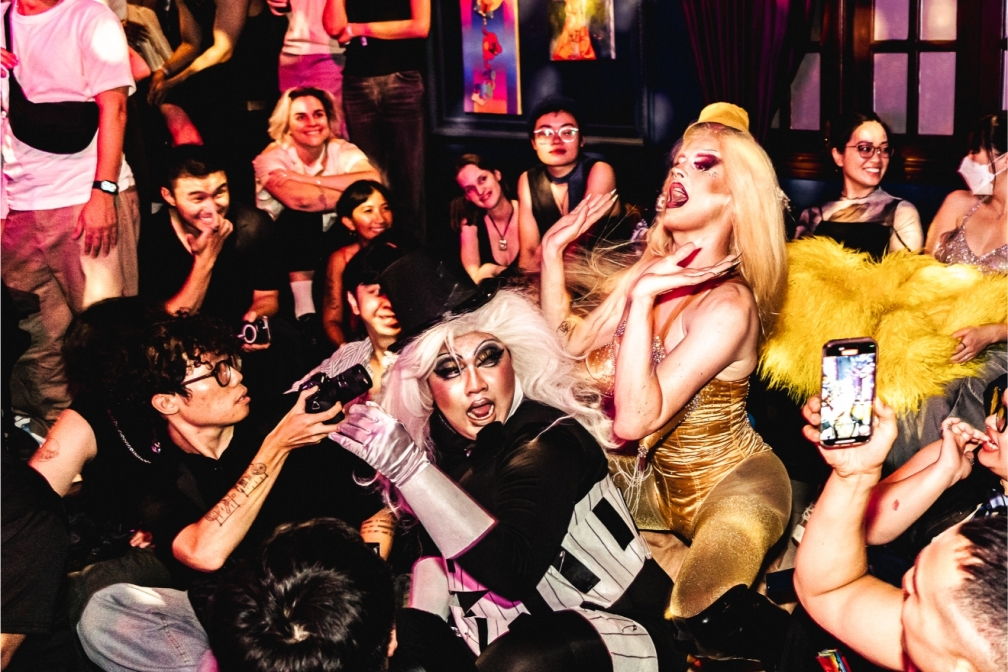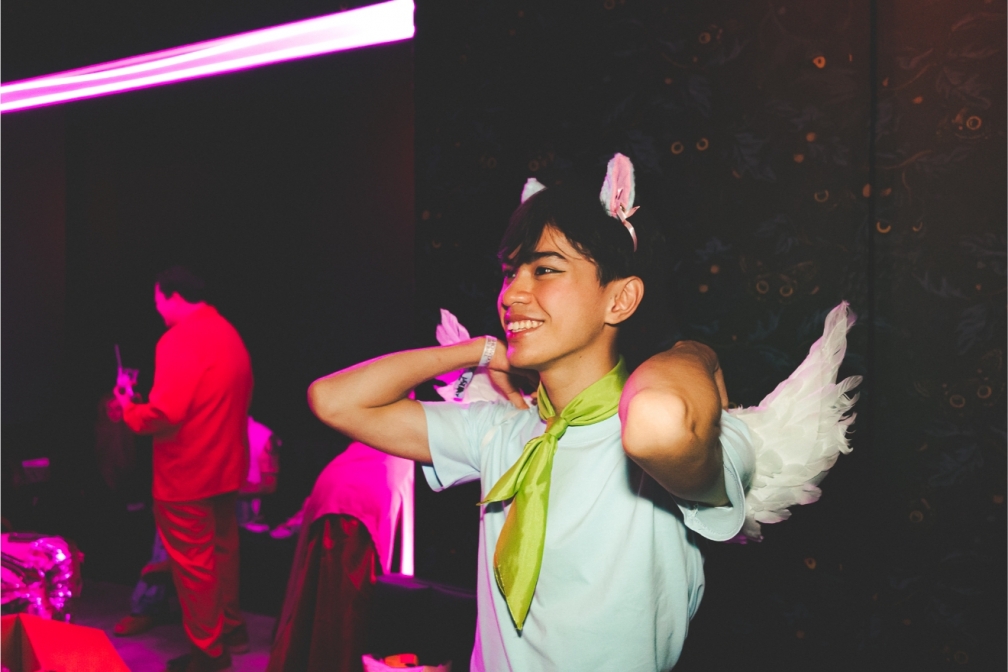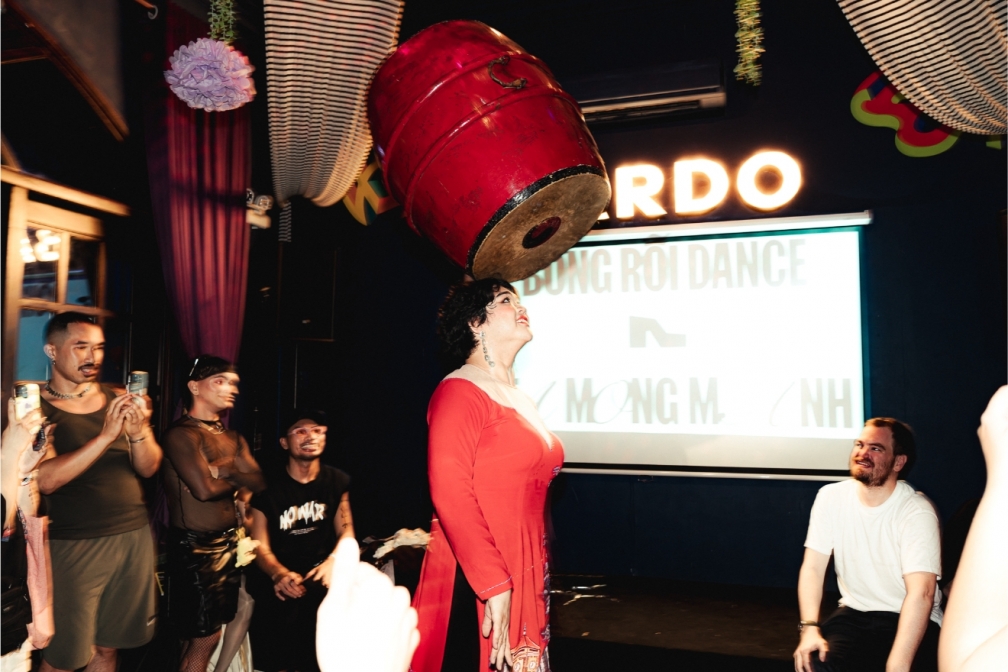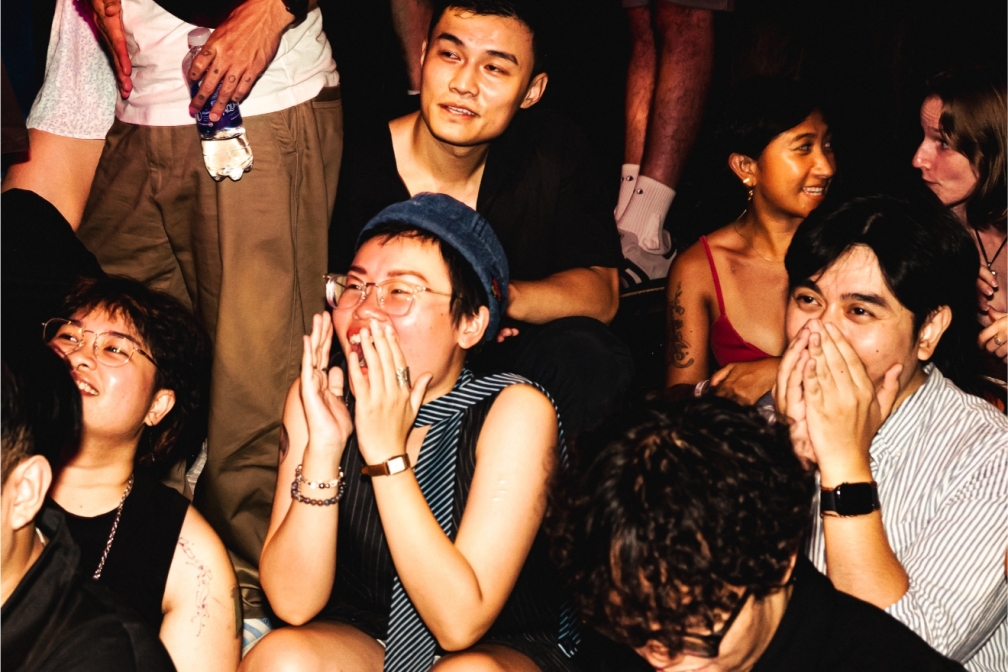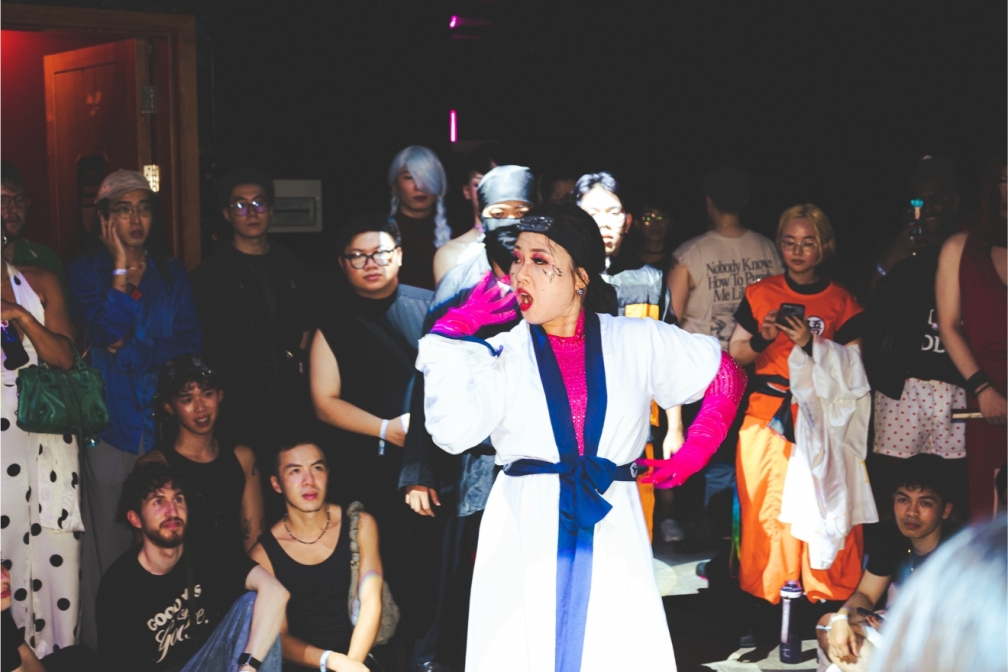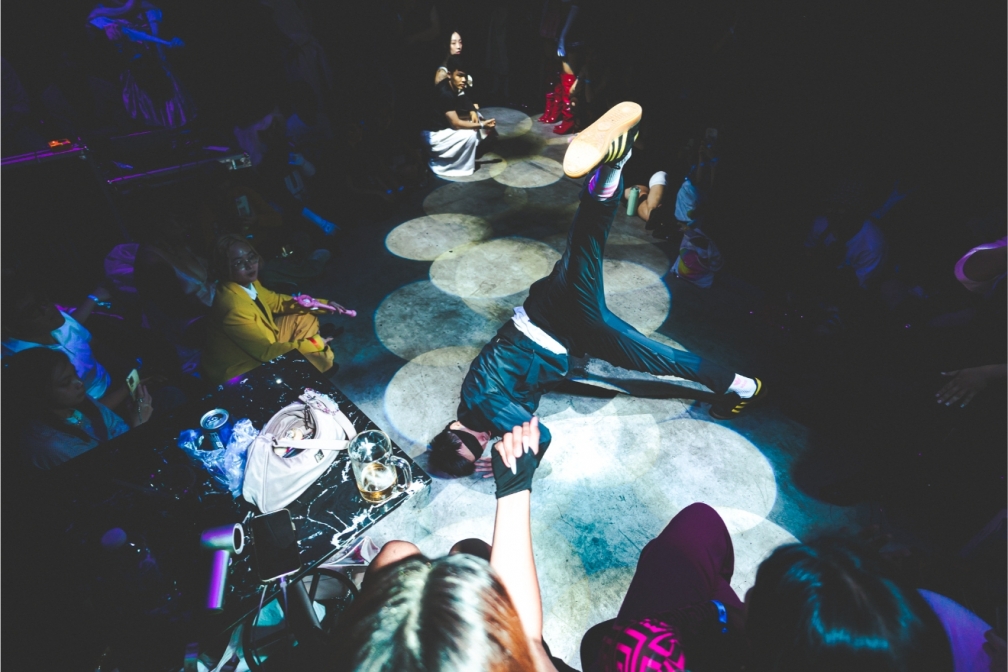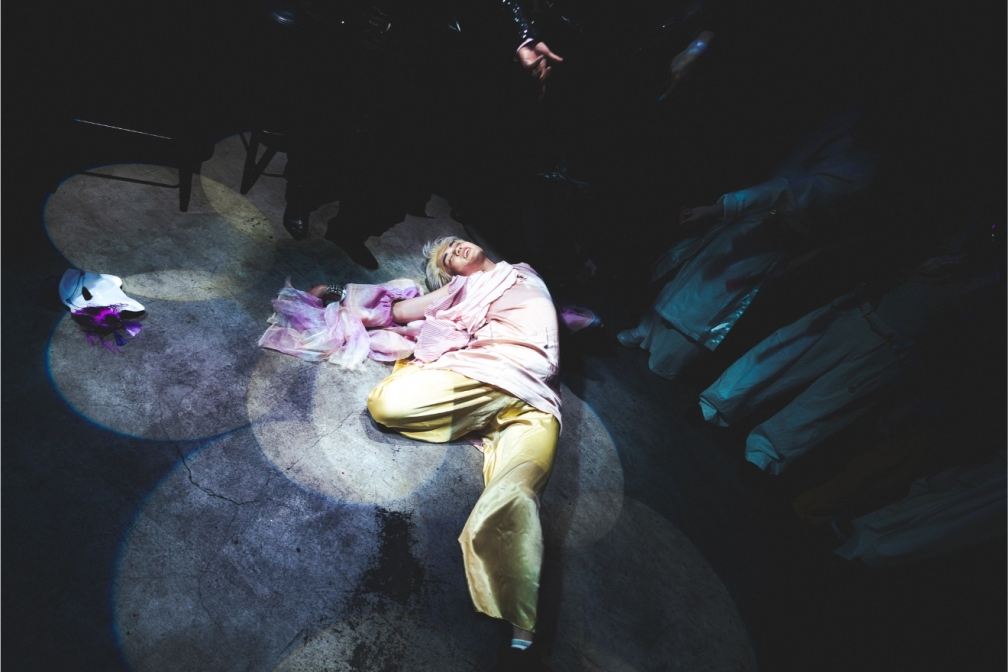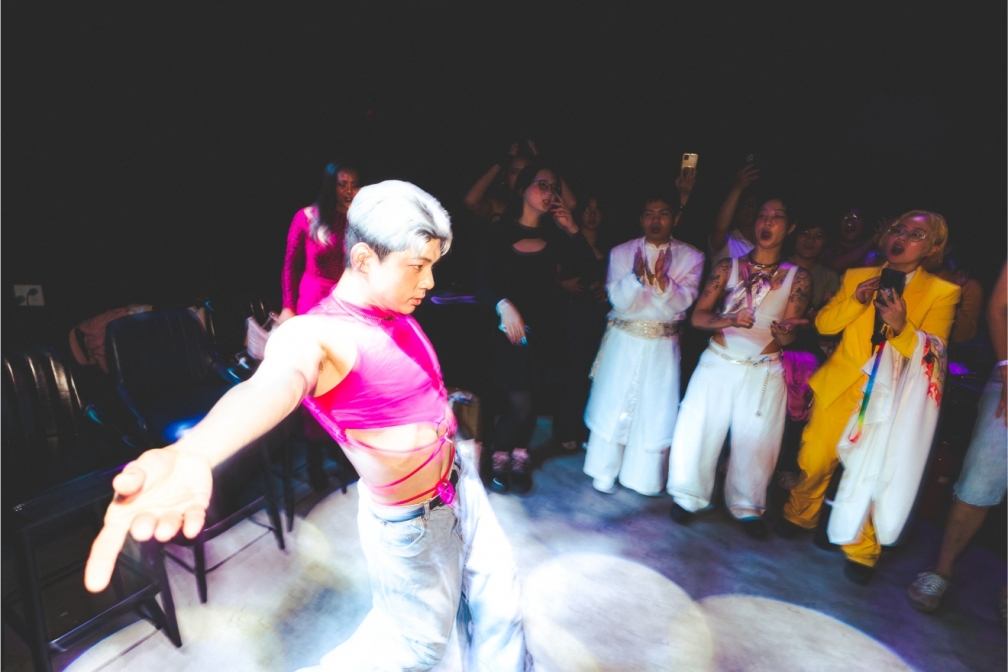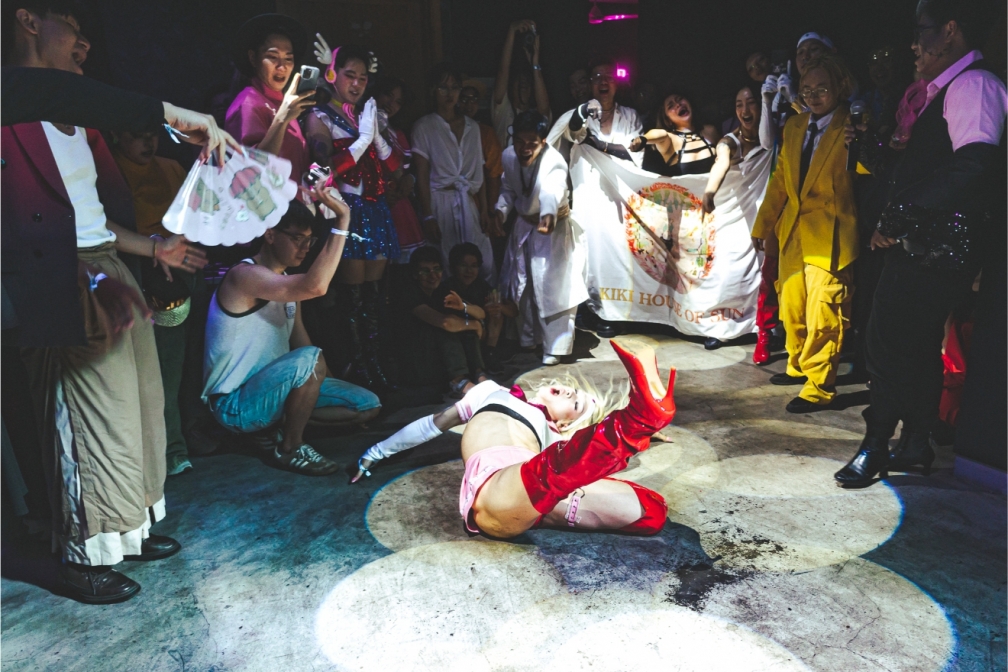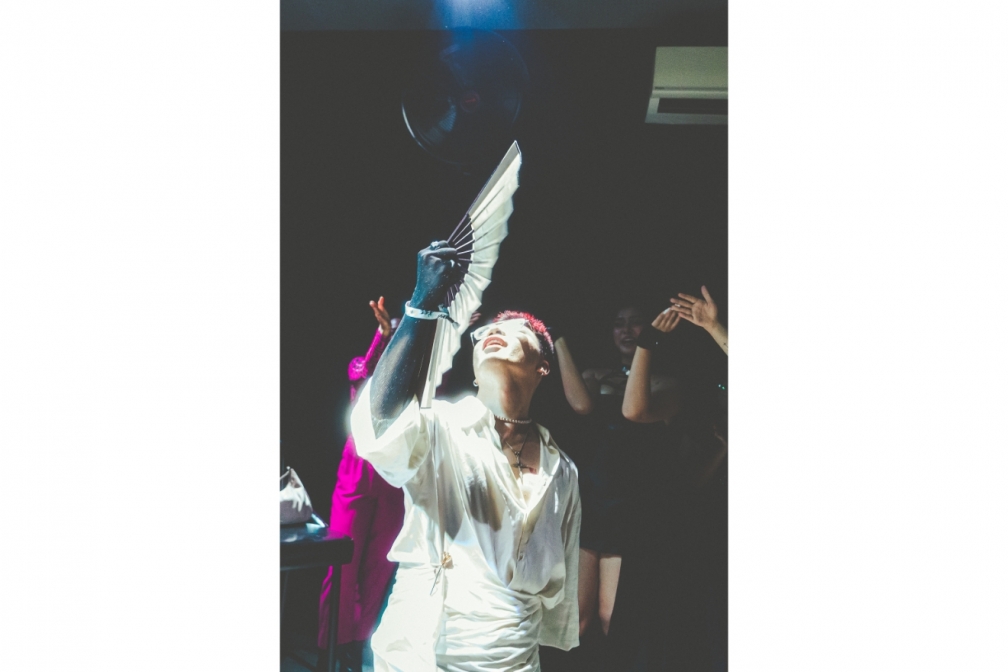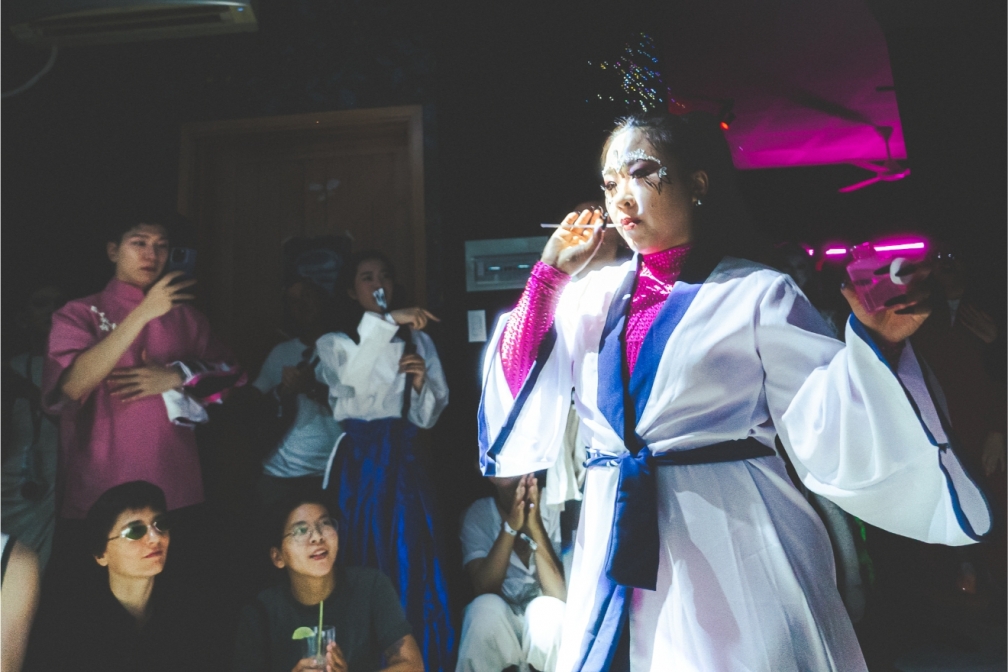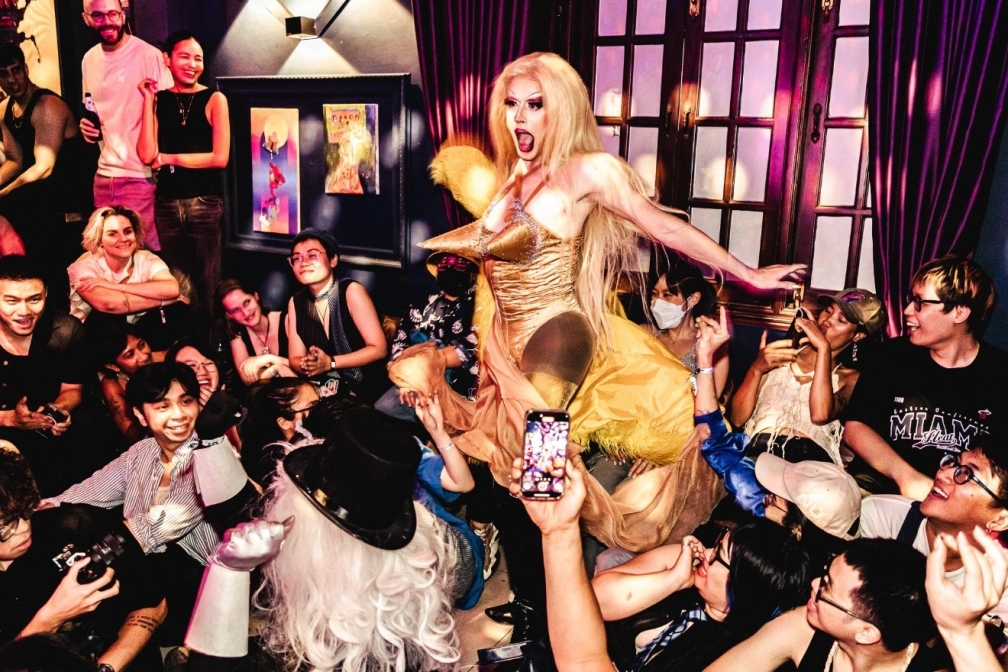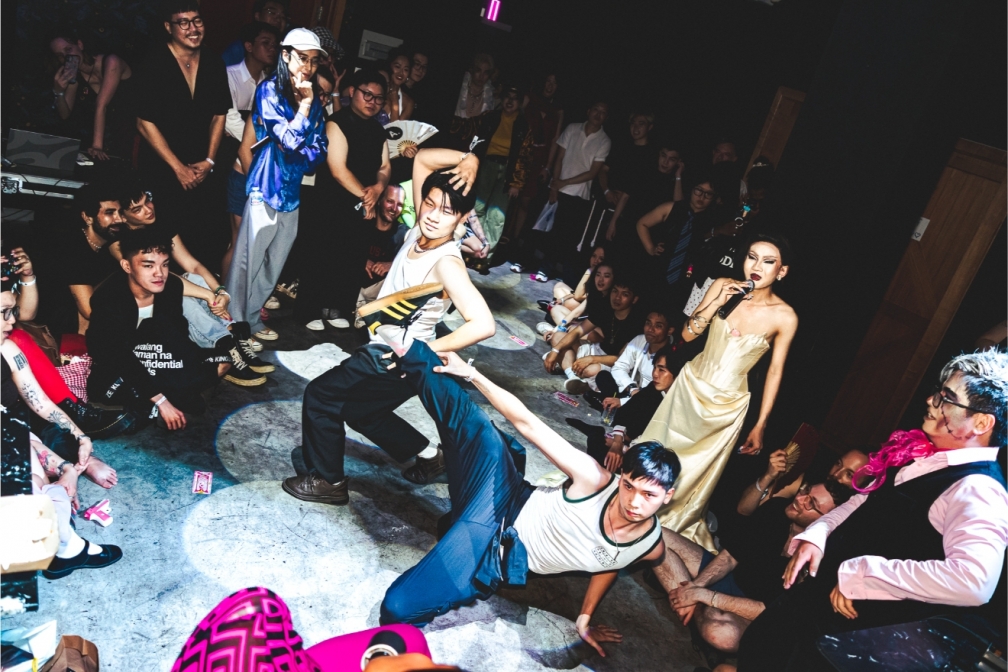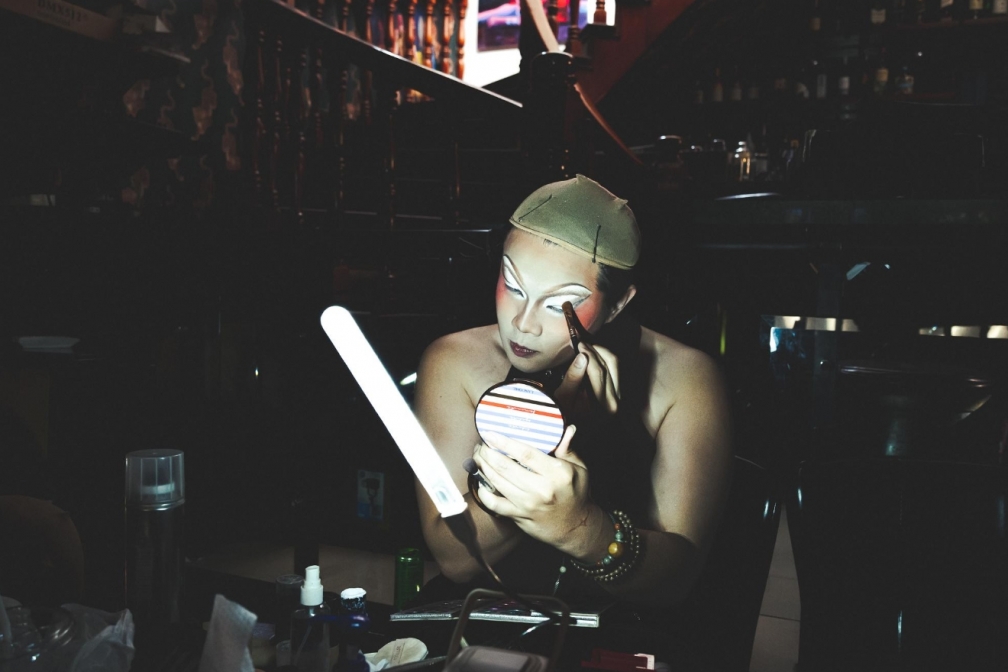“Moving for themselves and the community”: a look into queer Vietnamese revival in Asia & beyond
Dive into the photos & conversations from the four-city launch of No One Magazine Issue 02, igniting reconnection & dialogue across diasporic spaces
To mark the launch of ‘Issue 02: No One in HCMC & Hanoi’ No One Magazine’s hosted a string of events across the four cities it now bridges—Hanoi, Ho Chi Minh City, Amsterdam, and New York City.
From a múa bóng rỗi performance to waacking sets, an Anime Kiki Showdown Ball and intimate bookshop conversations, each stop brought new layers of dialogue between local and diasporic queer communities—and they’ve sent the images to prove it.
The gallery above becomes a perfect pairing with the conversation ahead; a sharp, deeply felt exchange on queer resilience and the mechanics of building and sustaining community across borders.
In the interview that follows, Editors-in-Chief Việt and Jeremy Raider-Hoàng reflect on the unexpected tears, cerebral exchanges, and the bittersweet pride of diasporic audiences reconnecting with a version of Vietnam they never imagined seeing represented in this way.
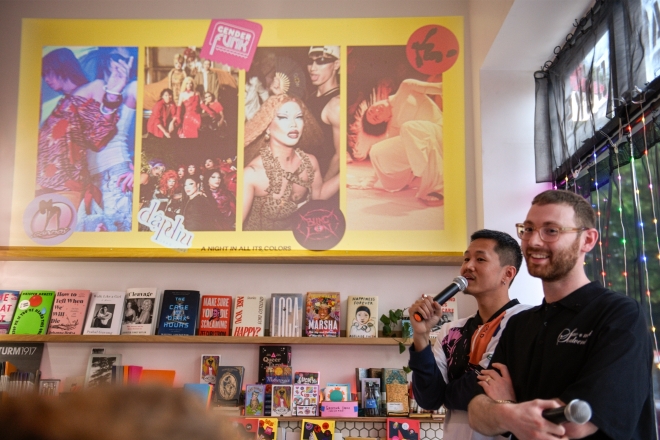
What has the reaction been like from the Vietnamese diaspora at the events outside Asia?
It has been a surreal experience for our magazine to connect the queer scenes of Vietnam with the rest of the world. Not only have we had the opportunity to introduce the country’s queer nightlife to its Western counterparts, but we’ve also connected with members of the diaspora; individuals who found a sense of belonging in queer nightlife abroad and are now witnessing their “chosen” home intersect with their “long-lost” or geographically distant one.
The reactions from the diaspora have been a mix of pride, surprise, and melancholy. Pride, in seeing a thriving scene determined to build itself in its own image. Surprise, at the richness of queer history and how deeply queerness has existed in Vietnam, even if it's only recently become more discussed. And melancholy, in the quiet longing for identity reconciliation—a wondering of what their lives would have been like had they lived in Vietnam.
Did the launch events outside Asia differ in energy or reception? Were there any surprising conversations around queerness, identity, or community?
Absolutely, context really is everything. In Amsterdam, we hosted our launch at the queer-owned and -run Club RAUM. The crowd was a mix of clubgoers, artists, creatives, performers, and nightlife workers. The energy was shaped by a genuine curiosity about what the scene in Vietnam is like. That curiosity quickly turned into enchantment as we premiered our documentary “How’s Your Night Ho Chi Minh City & Hanoi?,” which features original and sourced footage of the Vietnamese queer scene; something many attendees had never seen before.
People were amazed by the audacity and beautiful chaos that underpin queer nightlife in Vietnam. Several attendees told us they teared up watching the film, saying things like, “It’s so comforting to know there are more of us out there, even in places where our rights are more limited.”
In New York City, the launch event took place in Bushwick at the iconic queer, rave-friendly bookstore—Hive Mind—which brought a more reflective and cerebral tone. Conversations leaned toward how the Vietnamese language shapes perceptions of queerness and, in turn, how that informs the way parties are organized. There were also many thoughtful exchanges around the compartmentalisation of freedom and the delicate balance between resisting and resting.
What were the editorial challenges in capturing both the vulnerability and vibrancy of queer scenes in Vietnam?
There were quite a few challenges, ranging from language barriers and time zone differences to political and cultural sensitivities.
Two stand out in particular: The first was the subject matters themselves. Queerness, nightlife, and evocative expression are only socially tolerated in Vietnam when carefully coded. You need to know which buttons to push and which ones to soften or redirect. We worked with cultural and legal advisors in Vietnam to ensure our language and framing complied with the law to minimize any risk.
The second challenge was physically getting the magazines across the border. Vietnam’s strict cultural review process means that importing printed material requires—let’s just say—many creative and laborious manoeuvres. Many of the challenges in making this issue can be summed up by the idea of resisting “between the cracks.”
Any standout moments from each city you can share with us?
What stands out to us the most is the community involvement throughout each event.
In Hanoi, we launched at Savage’s queer club night Snug, in collaboration with drag collective Peach. We organised a Lô Tô performance by HaLaZa to bring one of the issue’s stories to life. Later, BuruN ĐăngA kicked things off on the right note with his DJ set before handing off the decks to LYDO, Dignos, l0yb0y, Ouissam, Hocking, and Xi.”.
In Ho Chi Minh City, trans artist Tạ Mong Manh performed múa bóng rỗi, a traditional Vietnamese folk art—balancing a person on a drum placed on her head. Her energy was amplified by drag performers Esta Ricardo and De Ara Hirosin, who took the audience on an emotional ride. All of these performances mirrored the high energy of the Anime Showdown Kiki Ball, where dancers walked with the country’s best movements and outfits on show.
In Amsterdam, Cao Dinh Van Viet, a Paris-based performer, brought the energy with a stunning and original waacking choreography to a Vietnamese and house mix specially produced for the evening. Tundji followed, filling the air with house tunes ahead of HAAi, who continued for RAUM’s program all night.
And in New York City, hosting our magazine launch in a bookstore for the first time made space for a rich and thorough dialogue: a standout moment all on its own.
Finally; how do you see queer Vietnamese nightlife evolving, and what role does No One Magazine play in shaping or preserving that evolution?
As much as this issue is a testament to progress in queer acceptance and celebration, it’s also a call for protection and preservation. Just weeks after ISSUE 02 went to print, several venues featured in its pages announced their closure, underscoring the fragility and urgency of sustaining queer nightlife in Vietnam.
Yet all is not lost. Even now, Vietnamese queers are mobilising: organising balls through Instagram DMs, creating makeshift dance floors, and still moving. Moving for themselves and the community; dancing long and loud until their presence is not only seen but protected as a right.
We don’t see ourselves as central to the evolution of Vietnamese queer nightlife. Instead, we see No One as a guest of honour, invited to witness the depth, creativity, and resilience of this scene today.
If we’ve played any role, we hope it’s been in making the connections within this community more visible to one another, and in amplifying its joy, struggles, and brilliance as a beacon for queer people across geography and generations—to find themselves, and each other, through the power of dance.
Amira Waworuntu is Mixmag Asia’s Managing Editor, follow her on Instagram.
Cut through the noise—sign up for our weekly Scene Report or follow us on Instagram to get the latest from Asia and the Asian diaspora!



